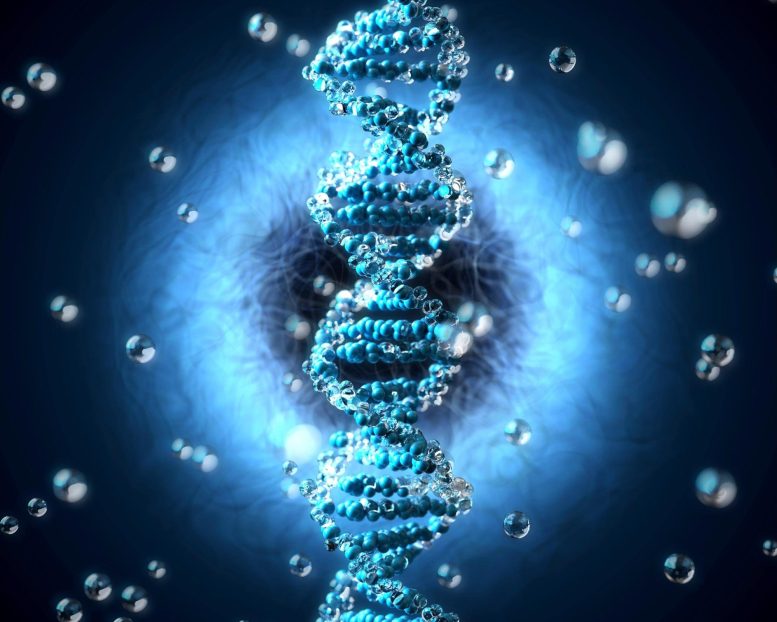
The research team has developed a computer program that tracks the history of harmful mutations in the human genome throughout evolution.
Mutations can be good and bad. They sometimes enhance an organism’s survivability and adaptability. Sometimes they are so damaging that an organism is incapable of surviving or reproducing. Adam Siepel’s team at Cold Spring Harbor Laboratory (CSHL) has developed a computer program that tracks the history of harmful mutations in the human genome throughout evolution.
They found that some regions of the genome are more vulnerable to mutations, indicating that any mutations there might have catastrophic or fatal consequences. Their results might aid clinicians in looking for the causes of serious genetic diseases.
The name of Siepel’s program is ExtRaINSIGHT. It searches for harmful mutations by looking for their absence. Every region of the human genome should, by chance, contain mutations, however certain regions have none. Siepel refers to these places as “ultraselected.” The alterations that take place can be deadly or significantly reduce the likelihood of reproduction.
Siepel explains: “If we look across a panel of a hundred thousand humans and we never see a mutation at a particular gene, that suggests that any mutation that did occur was so harmful, that anyone carrying that mutation died out from the population.”
ExtRaINSIGHT was used by the scientists to analyze over 70,000 human genomes. They found that three parts of the genome are especially vulnerable to mutations across generations. Splice sites are the most sensitive of these. Splice sites help produce correct instructions for making proteins. Mutations in this region may have a significant impact on the likelihood of genes being passed on, also known as fitness. They’ve been connected to a number of diseases, including spinal muscular atrophy, which is the leading genetic cause of mortality in newborns and toddlers.
Siepel says: “If you see a mutation in a splice site, you better take it seriously. That mutation alone would reduce your fitness by 1 or 2%. That doesn’t sound like very much, but that’s a huge fitness effect. And if you had multiple of these, pretty soon your chance of passing on your genes might be close to zero.”
Molecules called miRNA and central nervous system genes are also sensitive. “If you find a mutation in miRNA there’s a good chance it’s responsible for a genetic disease,” Siepel says. “And because the nervous system is so complex and interconnected, it seems particularly sensitive to mutation.”
The origins of many genetic diseases and conditions remain a mystery. Siepel hopes technology like ExtRaINSIGHT will help reveal their origins and guide diagnoses and future treatments. He also hopes his work will help further illustrate how mutations continue to shape the evolution of the human genome.
Reference: “Extreme purifying selection against point mutations in the human genome” by Noah Dukler, Mehreen R. Mughal, Ritika Ramani, Yi-Fei Huang and Adam Siepel, 25 July 2022, Nature Communications.
DOI: 10.1038/s41467-022-31872-6
The study was funded by the National Institutes of Health and the Simons Center for Quantitative Biology.


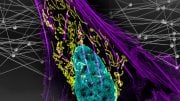
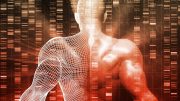
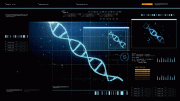
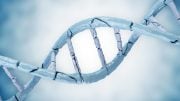
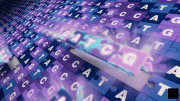
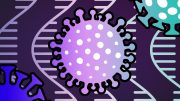

Be the first to comment on "New Technology Exposes the Evolutionary Weak Spots of the Human Genome"